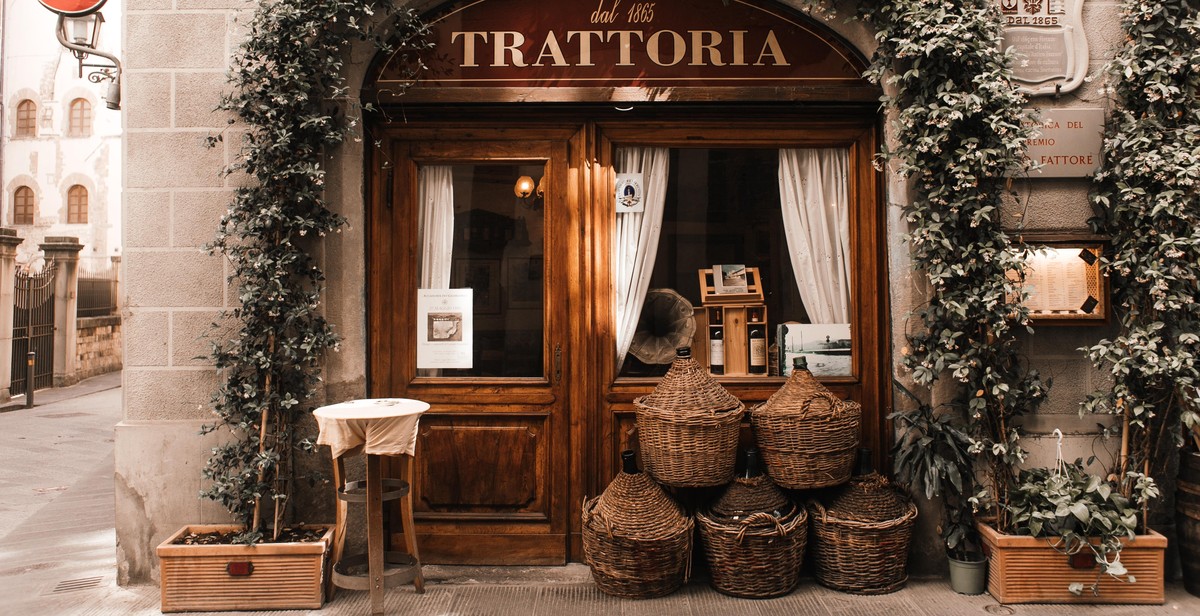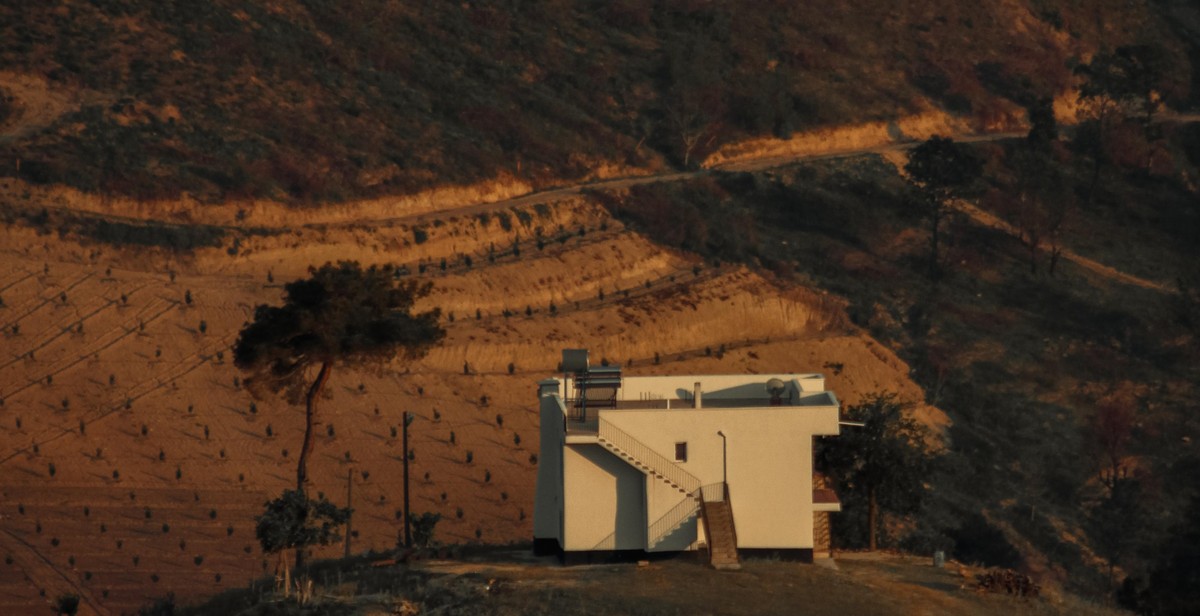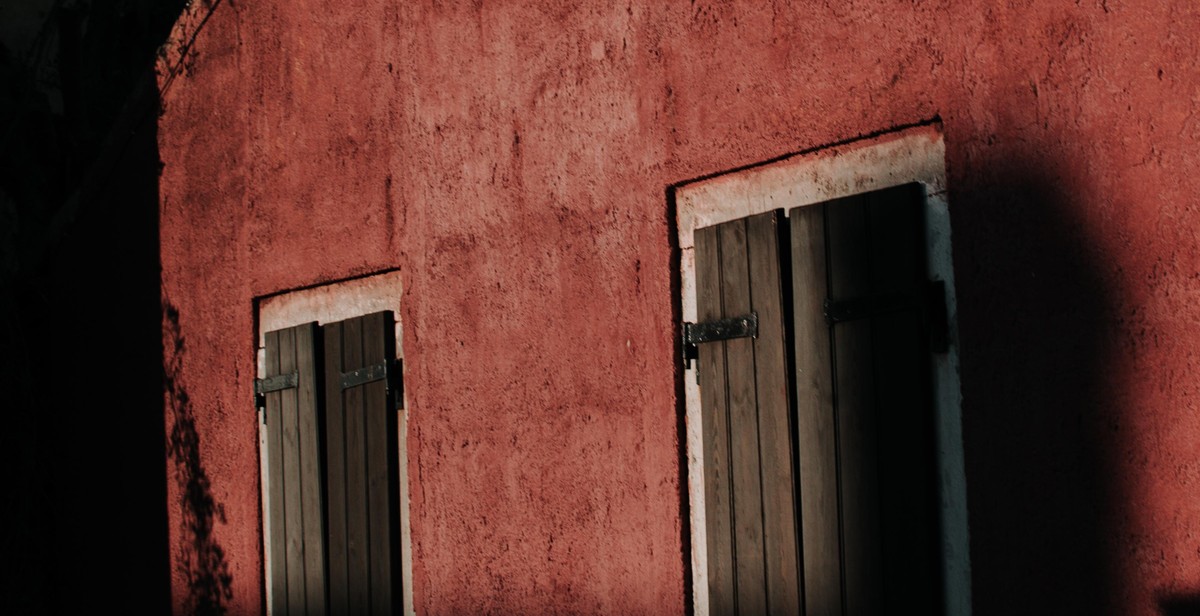How to Build a Butterfly House: Providing Shelter for Butterflies and Moths
Butterflies and moths are not only beautiful creatures but also important pollinators. Unfortunately, their habitats are under threat due to urbanization, climate change, and pesticide use. One way to help these insects is by building a butterfly house in your garden or backyard. A butterfly house is a small shelter that provides a safe and secure environment for butterflies and moths to rest, hibernate, and lay eggs.
Why Build a Butterfly House?
Butterfly houses are not only beneficial to the insects but also to the environment as a whole. By providing a habitat for butterflies and moths, you are also supporting other wildlife such as birds and bees that rely on these insects for food. In addition, butterfly houses are a great way to teach children about the importance of conservation and the interdependence of different species in the ecosystem.
How to Build a Butterfly House
Building a butterfly house is easy and can be done using simple materials such as wood, nails, and mesh. There are various designs and plans available online, and you can choose one that suits your needs and preferences. The key is to provide a secure and sheltered space for the insects, with enough sunlight and ventilation.
Once you have built your butterfly house, place it in a sunny spot in your garden or backyard, preferably near flowers and plants that attract butterflies and moths. With a little patience, you will soon see your butterfly house buzzing with activity as these beautiful creatures make it their home.

Why Build a Butterfly House?
Butterflies and moths are not only beautiful creatures but also play a crucial role in our ecosystem. They are important pollinators and serve as food for other animals. Unfortunately, their populations have been declining due to habitat loss, pesticide use, and climate change. Building a butterfly house is a simple and effective way to provide shelter and food for these beneficial insects.
The Importance of Butterflies and Moths
Butterflies and moths are important pollinators, just like bees and other insects. They play a vital role in the reproduction of many plant species. Without them, many plants would not be able to produce seeds or fruits. In addition, they serve as food for other animals such as birds, small mammals, and even other insects.
Moreover, butterflies and moths are indicators of a healthy environment. Their presence or absence can tell us a lot about the state of our ecosystem. If their populations are declining, it may indicate that there is a problem with the environment, such as pollution or habitat loss.
The Benefits of Building a Butterfly House
Building a butterfly house is a great way to provide a safe haven for these beneficial insects. It can help to increase their populations and promote biodiversity in your garden or backyard. A butterfly house provides shelter from harsh weather conditions, predators, and other threats. It also provides a place for butterflies and moths to lay their eggs and for caterpillars to pupate.
In addition, a butterfly house can be a beautiful and educational addition to your garden. You can observe the different species that visit your garden and learn more about their life cycle and behavior. It can also be a fun project to do with kids and teach them about the importance of nature conservation.
Overall, building a butterfly house is a simple and effective way to support these important pollinators and promote biodiversity in your garden or backyard. It is a small but meaningful step towards a healthier and more sustainable environment.

Choosing a Location
When it comes to building a butterfly house, choosing the right location is crucial. The location you choose will determine the success of your butterfly house. Here are some factors to consider when choosing a location:
Sunlight and Shade
Butterflies love sunlight, and they need it to stay warm and active. Therefore, it is important to choose a location that receives plenty of sunlight throughout the day. However, too much sunlight can be harmful to butterflies, and they also need some shade to rest and cool down. Therefore, it is important to choose a location that has a good balance of sunlight and shade. A location with partial shade is ideal.
Accessibility
Butterflies need easy access to the butterfly house. Therefore, it is important to choose a location that is easily accessible to butterflies. The location should be easily visible and not hidden behind trees or other obstacles. Butterflies should be able to easily find the entrance to the butterfly house.
Natural Elements
Butterflies love natural elements such as flowers, trees, and water. Therefore, it is important to choose a location that has natural elements nearby. A location near a garden or a pond is ideal. The natural elements will attract butterflies to the butterfly house and create a natural environment for them to thrive.
Overall, choosing the right location for your butterfly house is crucial for the success of your butterfly house. Keep in mind the factors of sunlight and shade, accessibility, and natural elements when choosing a location.

Building a Butterfly House
Butterflies and moths play a crucial role in pollinating plants, and building a butterfly house is a great way to provide shelter for these important insects. Here’s what you’ll need to get started:
Materials Needed
- Untreated lumber (1x6x8)
- Screen material
- Staple gun
- Wood glue
- Screws
- Hinges
- Latch
- Drill
- Saw
Step-by-Step Instructions
- Begin by cutting four pieces of lumber to the desired length for the sides of the butterfly house. Cut two additional pieces for the front and back of the house.
- Using wood glue and screws, assemble the sides, front, and back of the house into a box shape. Make sure to leave the top and bottom of the box open.
- Cut a piece of screen material to fit over the top of the box. Staple the screen to the top of the box, leaving a small overhang on all sides.
- Attach hinges to one side of the box and a latch to the other side to create a door for the butterfly house.
- Drill small holes in the sides of the box for ventilation.
- Place the butterfly house in a sunny location, preferably near flowers or other plants that butterflies and moths are attracted to.
Building a butterfly house is a fun and rewarding project that not only provides shelter for butterflies and moths but also adds a beautiful and unique element to any garden or backyard. With just a few materials and some basic woodworking skills, you can create a safe haven for these important pollinators.

Maintaining Your Butterfly House
Building a butterfly house is just the beginning of your journey in providing shelter for these beautiful creatures. You need to maintain the house to ensure that it remains a safe and comfortable habitat for butterflies and moths. Here are some tips on how to maintain your butterfly house:
Cleaning and Sanitizing
Regular cleaning and sanitizing of your butterfly house is essential in preventing the spread of diseases and parasites. You can use a mild soap solution and a soft brush to clean the walls and floor of the house. Rinse it thoroughly with clean water and let it dry completely before reintroducing the butterflies and moths.
Replacing Old Materials
Over time, the materials in your butterfly house may become worn out or damaged. It is important to replace these materials to maintain the quality of the habitat. Check the house regularly and replace any damaged or worn out materials such as the mesh, branches, and leaves.
Attracting Butterflies and Moths
One of the reasons for building a butterfly house is to attract these beautiful insects to your garden. To attract butterflies and moths, you need to provide them with their favorite plants and flowers. You can also use a sugar solution to attract them.
| Butterfly Species | Favorite Flowers |
|---|---|
| Monarch | Milkweed, Goldenrod, Aster |
| Swallowtail | Parsley, Dill, Fennel |
| Painted Lady | Thistle, Aster, Cosmos |
By following these maintenance tips, you can ensure that your butterfly house remains a safe and comfortable habitat for butterflies and moths. Enjoy the beauty of these magnificent creatures in your garden!

Conclusion
Butterflies and moths are some of the most beautiful and important insects in our ecosystem. They play a vital role in pollination and serve as a food source for birds and other animals. Unfortunately, their populations are declining due to habitat loss and other factors. By building a butterfly house, you can help provide shelter and a safe place for these creatures to thrive.
What to Remember
- Choose a sunny location for your butterfly house
- Use natural materials like wood and bark
- Provide a variety of perches and surfaces for butterflies to rest on
- Include a source of water for drinking and bathing
- Plant native flowers and plants around your butterfly house to attract butterflies and moths
Benefits of Building a Butterfly House
Building a butterfly house not only helps support the butterfly and moth populations in your area, but it also provides a unique opportunity to observe these beautiful insects up close. It’s a great way to teach children about the importance of conservation and the role that every individual can play in protecting our environment.
Final Thoughts
Building a butterfly house is a rewarding and fun project that can be done by anyone, regardless of their level of experience. By following the tips and guidelines outlined in this article, you can create a safe and welcoming habitat for butterflies and moths in your own backyard. Remember to be patient and allow time for the butterflies and moths to discover and use your butterfly house. With a little effort and dedication, you can make a positive impact on the environment and enjoy the beauty of these amazing insects.
